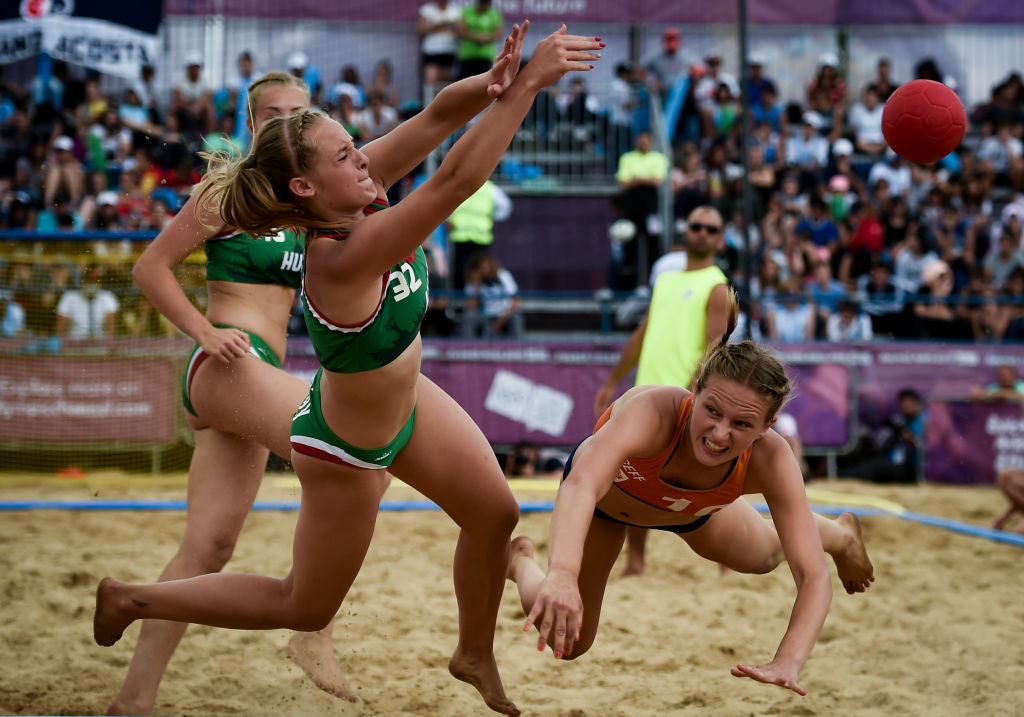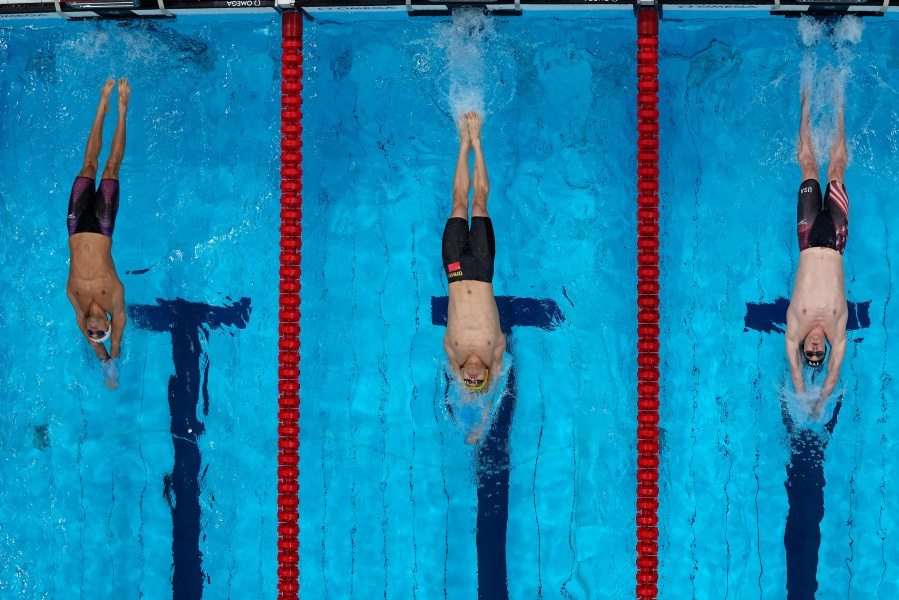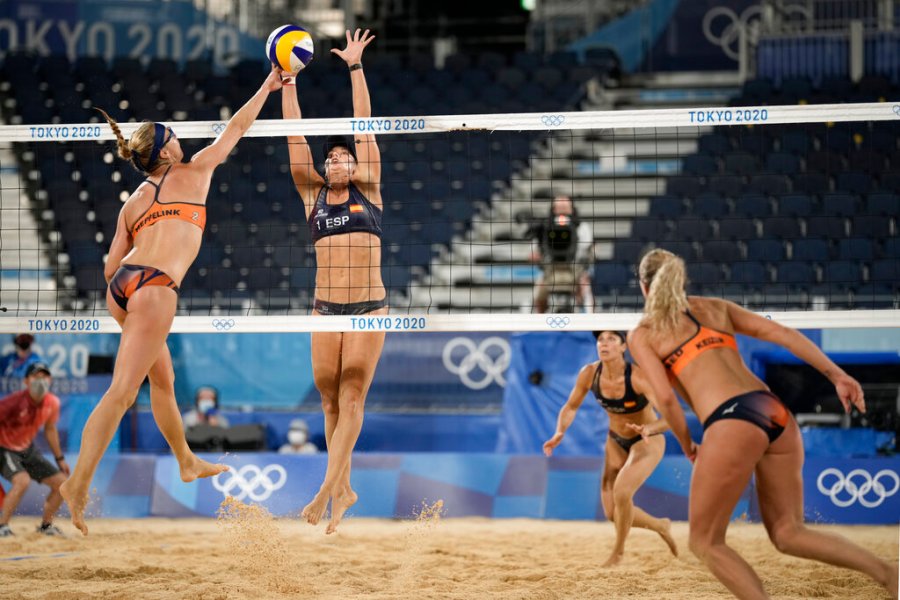CHICAGO (NewsNation Now) — We’ve all heard of the days when women had to wear long skirts to play tennis, or when men could only wear white on golf courses.
Those days are gone, but there are still some dress codes in sports, specifically in Olympic sports, that might surprise you.

Golf
Golf.com refers to the dress code for the Olympic golf venue as a “ransom note for golf hipsters.” Jackets are required, except for during high summer when they become “optional.” You actually can wear shorts, as long as they end just above the knee and are worn with knee-high socks. Absolutely no cargo shorts are allowed though, along with mini-skirts.
The rules go on, at one point forbidding long-sleeved underlayers that don’t match the ones worn on top and, of course, no sneakers or sandals on the fairways.

Beach Handball
Beach handball isn’t even yet an Olympic sport, but one of the biggest uniform debates of the year got even bigger when pop superstar Pink got involved. The Norwegian women’s team competed wearing close-fitting shorts instead of the rules-mandated bikini bottoms, and each team member was fined the euro equivalent of almost $200. Pink jumped in and offered to pay the fines, which made an already high-profile incident even more prominent. Rules changes are believed to be imminent.

Women’s Gymnastics
Women’s gymnastics have long been a sore spot for those advocating for clothing and uniform equality and freedom in sports. The German women’s team entered competition in Tokyo wearing full bodysuits instead of the traditional leotard. Team member Elisabeth Seitz told The Washington Post that, “We wanted to show that every woman, everybody, should decide what to wear.”
In the modern Games, men have always competed wearing shorts and tight-fitting shirts or leotards, depending on the event and on their choice. In the early part of the 20th century, women wore what looked very much like shorts and a T-shirt, but the invention of nylon and spandex ushered in the era of the tight-fitting uniforms.

Aquatics
While the attire of swimmers has been a matter of debate back and forth for decades, the latest controversy centers on headwear. Recognizing that Black swimmers often have natural hair that won’t fit inside a normal swim cap, a Black-owned company called Soul Cap came out with an eponymous product designed to fit snugly over natural hair in much the same way conventional swim caps fit tight to the swimmer’s head.
The International Swimming Federation, or FINA, banned Soul Cap because it doesn’t follow the “natural form of the head.” The resulting backlash has led FINA to reconsider its ruling.

Beach Volleyball
Despite what you might have heard or read on the internet, women’s beach volleyball players are not required to wear bikinis. In fact, there are four completely different uniform choices for the players, although teams must agree for all members to wear the same garb.
So why do most of the players take to the beach wearing bikinis that seem to leave little to the imagination? It’s very simple: Sand gets stuck in one-piece suits, and the bikinis allow the players the greatest freedom of movement. Also, it’s hot on the beach and the less fabric players are wearing when they’re diving, setting and spiking, the better. The bikini is more true to the history of beach volleyball, which grew out of competitions on the sand in Rio, Hawaii and, of course, Southern California.
As long as there are uniforms for sports and as long as there are gender differences in what we humans wear, there will be controversy of some sort over what the rules are and why.
What doesn’t change is that the Olympics are where countries go to let their best compete against the best of the rest of the world, and being an Olympic champion is a crowning achievement whether you’re wearing a bodysuit, a bikini or boxing gloves.
Latest News
- SAA-1504 TEST NNN
- AUTO TEST POST 20241212200210
- AUTO TEST POST 20241212195706
- AUTO TEST POST 20241212195700
- AUTO TEST POST 20241212195252

